Web 3.0: The Internet’s New Era

Ever felt like you’re just skimming the surface of what the internet could offer? Imagine stepping into a digital realm where you hold the power, where your data isn’t just a commodity, and your digital experience is tailored precisely to you. Welcome to the promise of Web 3.0. This isn’t just another tech buzzword; it’s the doorway to a world where cryptocurrencies and blockchain technology redefine what it means to interact online. From seamless, secure transactions without the middleman to a smarter, quicker web thanks to AI, the advancements are not just about making life easier—they’re about setting a new standard for digital freedom and efficiency. Let’s peel back the layers of complexity surrounding Web 3.0 and get to the heart of how this evolution could revolutionize your digital world.
Defining the Web 3.0 Confusion
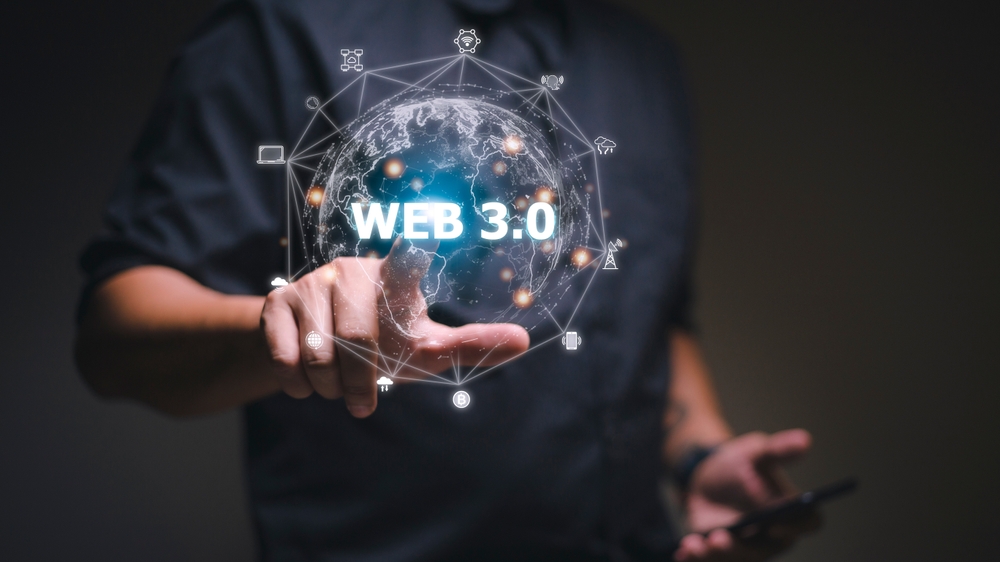
The term “Web 3.0” is buzzing everywhere, from tech forums to crypto cafes, but it’s surrounded by a cloud of mystery and confusion. What does it stand for? In its essence, Web 3.0 is the third generation of internet services, focusing heavily on being decentralized and putting control back into the users’ hands. But let’s break that down a bit.
Unveiling the Web 3.0 Mystery
Web 3.0 symbolizes a significant shift in how we interact with the web. Here’s what’s on the table with Web 3.0:
- Enhanced user control: Imagine having full control over your data without fearing its misuse by big corporations.
- Better data usage standards: Web 3.0 aims to make data understandable by both humans and machines, making our online experiences richer and more personalized.
- Quicker information processing: With advances in AI and machine learning, get ready for a web that’s smarter and faster.
- Increased transparency: Blockchain and cryptocurrencies are at the heart of Web 3.0, aiming to make transactions secure and transparent.
- Integration of cryptocurrencies and blockchain: This opens up a whole new world for secure and decentralized transactions and applications.
But what does all of this mean for you and me? Imagine logging into websites without remembering a password, buying from online stores without worrying about credit card fraud, or even directly interacting with smart devices in a language they understand. Web 3.0 isn’t just an upgrade; it’s a reimagining of how we live, work, and play online.
So, as we tease apart the layers of Web 3.0, remember the potential it has to change everything we know about the digital world. And if you’re wondering how all this talk about decentralization and smarter web translates into the real world, hang tight. The evolution from Web 2.0 to 3.0 is up next, sparking even more possibilities for innovation and transformation. How will this upgrade impact your internet experience? Sounds exciting, doesn’t it? Let’s find out together.
The Upgrade: From Web 2.0 to 3.0
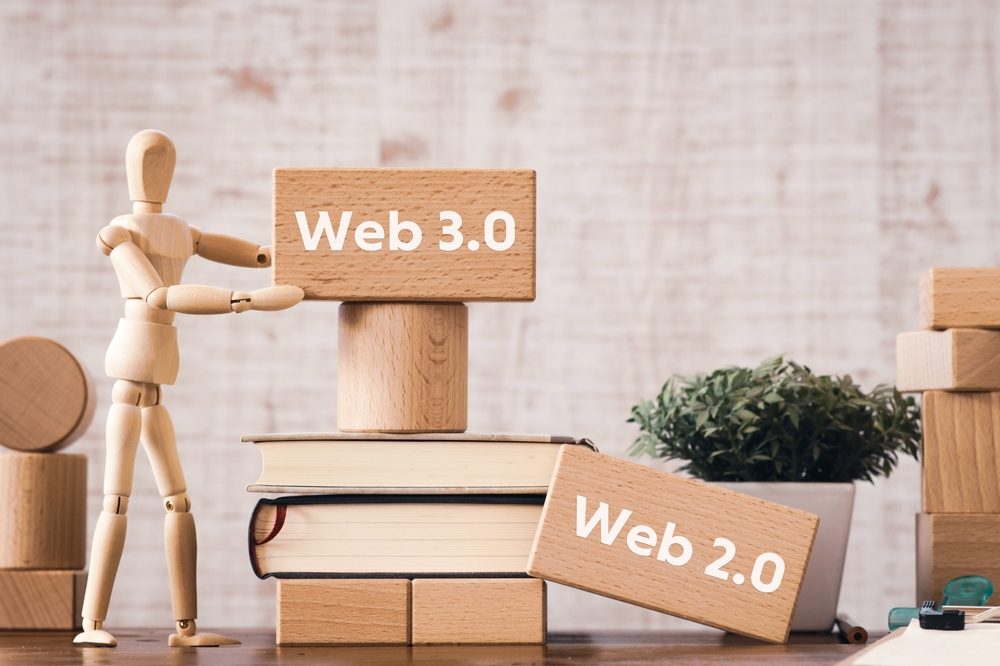
Have you ever pondered the monumental shifts the internet has undergone? We went from basic, static webpages (Web 1.0) to the highly interactive, social Internet (Web 2.0) that has become an integral part of our daily lives. Now, we stand on the brink of yet another transformation – the leap into Web 3.0. But what exactly heralds this transition? Let’s peel back the layers.
The Game Changer: Semantic Web
At the heart of Web 3.0, or the Semantic Web as it’s often called, lies the promise of making the internet more intelligent and intuitive. Imagine a web that understands you – your likes, dislikes, the context of your questions, and even the nuances of your language. This isn’t just about smarter search engines; it’s about a whole new level of interaction with the digital world.
- Data Interconnectedness: In Web 3.0, data isn’t just stored; it’s interlinked in a way that machines can understand and process. This isn’t about handing over control to AI but enabling it to assist us in navigating through information more efficiently.
- Personalized Internet Experience: Your digital footprint, your preferences, and your behavioral patterns would play a crucial role in sculpting your online experience. This personalization goes way beyond the ads you see; it extends to the content, interactions, and even UI/UX.
- Smart Automation: Automations in Web 3.0 aim to be more than just setting reminders. It’s about having technology that anticipates your needs, offers real-time solutions, and perhaps even solves problems you weren’t aware you had.
“The Semantic Web is not a separate Web but an extension of the current one, in which information is given well-defined meaning, better enabling computers and people to work in cooperation.” – Tim Berners-Lee, Inventor of the World Wide Web.
We stand on the threshold of an era where the internet will know what you’re looking for before you even finish typing it. Where your device could offer solutions to problems you hadn’t articulated yet. That’s the promise of Web 3.0.
But how does this leap from Web 2.0 to Web 3.0 change your interaction with the internet? Think of Web 2.0 as a teenager – social, engaging, but sometimes a little overwhelming with information. Web 3.0, on the other hand, is like a wise sage – still social and engaging but far more insightful and understanding.
What does this mean for businesses, social interactions, and, more importantly, our privacy? Could this intelligent web become too intuitive, stepping over the line?
Stay tuned. In our next section, we’ll explore the implications of Web 3.0 on businesses and how this new era could redefine the digital landscape.
The Significance of Web 3.0 in Businesses
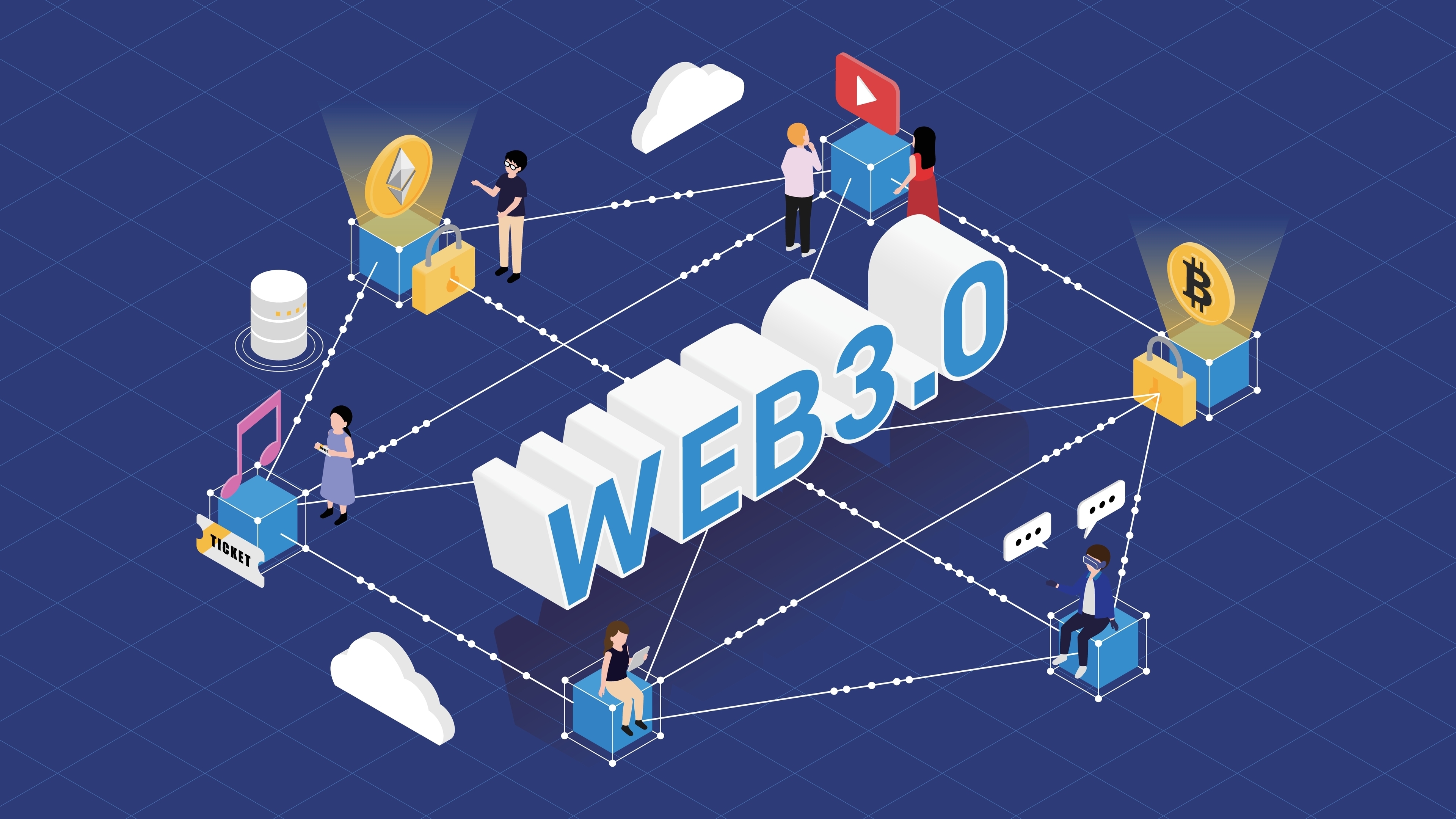
When we talk about Web 3.0, we’re not just discussing another tech buzzword. We’re envisioning a future where the way we live, work, and interact online undergoes a fundamental transformation. The implications for businesses are particularly exciting—and, frankly, revolutionary. It’s not merely an upgrade; it’s a complete reinvention of the digital landscape that promises to change the way companies operate on the internet.
A New Business Paradigm
Imagine a world where your business not only benefits from enhanced online visibility but also operates with unprecedented efficiency and transparency thanks to blockchain technology. This isn’t a distant daydream; it’s the imminent future promised by Web 3.0. Here’s why businesses need to pay attention:
- Decentralization: At the heart of Web 3.0 lies the concept of decentralization. Say goodbye to the days when your data was controlled by a handful of big conglomerates. This new era empowers businesses with control over their own data, making operations more secure and transparent.
- Blockchain Integration: Blockchain isn’t just for cryptocurrencies. With Web 3.0, its integration into businesses means not only safer transactions but also more efficient supply chain management and improved customer trust.
- Personalized Customer Experience: By harnessing the power of semantic web and AI, businesses can offer incredibly personalized customer experiences. Imagine a service that intuitively understands your needs and preferences, almost as if it’s reading your mind.
“The best way to predict the future is to create it,” Peter Drucker famously said. Web 3.0 offers just that opportunity—to create a future that aligns with our vision of more personalized, efficient, and secure online business operations.
Yet, even with these promising advancements, one might wonder: how close are we to seeing Web 3.0 fully integrated into our everyday business dealings? Will your company be ready to adapt to these changes and harness the possibilities they offer?
These questions remind us that the journey toward Web 3.0 isn’t just about anticipating a groundbreaking shift in technology and business. It’s about preparing to be part of it. As we edge closer to this new digital era, it’s vital for businesses to stay informed, adaptable, and ready to leap into the opportunities that Web 3.0 will unleash.
Stay tuned as we explore whether Web 3.0 is a reality yet, and how the evolution of this cutting-edge technology is shaping up.
Is Web 3.0 a Reality Yet?
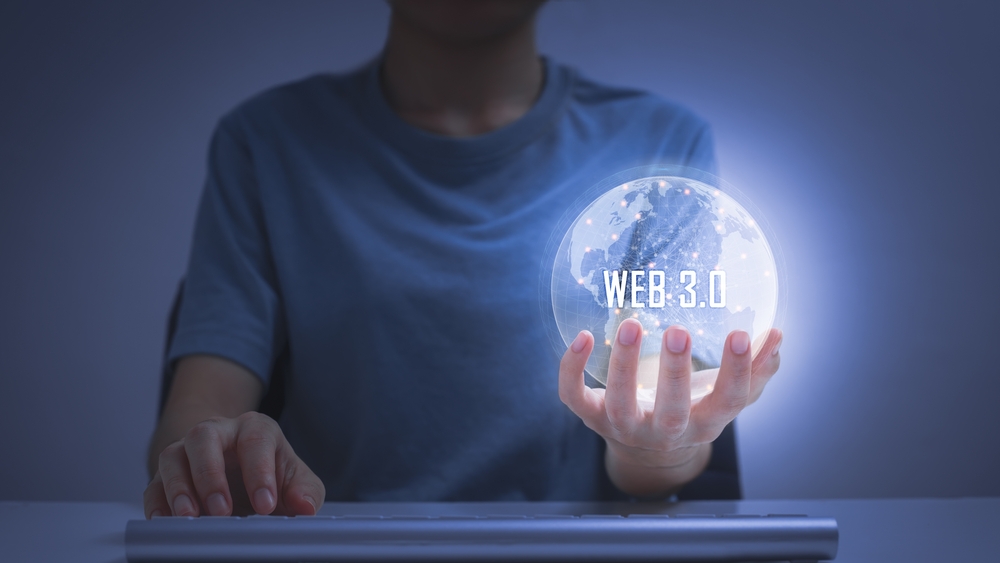
On our journey through the evolving landscape of the Internet, we’ve ventured from the static pages of Web 1.0 to the dynamic, user-generated content of Web 2.0. Now, on the horizon, looms Web 3.0 – a concept that promises an era of intelligent, interconnected services that could revolutionize our digital lives. But the burning question remains: Is Web 3.0 already amongst us, transforming our digital interactions, or is it a vision still taking shape?
The Evolution of Web 3.0
The progression towards Web 3.0 isn’t just an upgrade; it’s a revolutionary shift towards a more democratic web, where users control their data, and networks are decentralized. The concept may sound futuristic, but its building blocks are already being laid down:
- Blockchain Technology: At its heart, Web 3.0 aims to leverage blockchain to decentralize the web, enabling peer-to-peer interactions without the need for intermediaries. Think about how cryptocurrencies operate; that’s just the tip of the iceberg.
- Smart Contracts: These self-executing contracts with the terms of the agreement directly written into lines of code are driving automation and trust in business transactions online.
- Decentralized Applications (DApps): Running on a blockchain network, DApps represent a shift from centralized, single-entity-controlled apps to open, decentralized networks.
Yet, even as we navigate through these technological advancements, it’s clear that Web 3.0 is still under construction. The vision is both grand and complex, envisioning a web where machines understand semantics and personal data becomes securely interoperable.
“The future is already here – it’s just not very evenly distributed.”
This quote by William Gibson perfectly encapsulates the state of Web 3.0. While parts of it are already influencing our digital interactions, its full realization is a work in process, unevenly emerging across different sectors of the internet.
The excitement around Web 3.0 isn’t just about the technology itself, but about the potential it holds to reshape our digital experiences. From enhancing user privacy to creating more equitable online ecosystems, the promise of Web 3.0 could redefine our online world.
But what can you, as an individual or business, do to prepare for this next evolution of the web? What steps can you take to not just watch from the sidelines but actively participate in shaping this new era?
These are critical questions, and their answers could determine how we navigate the digital future. Stay tuned, as we explore these avenues, unraveling more insights on Web 3.0 and guiding you on how to gear up for the inevitable shift. What awaits us could be the most significant revolution in the digital age yet.
Intriguing Resources on Web 3.0

Feeling excited about Web 3.0 and its potential to revolutionize our digital landscape? You’re not alone. The curiosity around this new web era has sparked a wealth of resources, studies, and articles aimed at unpacking its complexities and opportunities.
Suggested Readings
For those hungry for knowledge and eager to explore the depths of Web 3.0, here are some handpicked resources that shine a light on its revolutionary aspects:
- Analytics Vidhya offers a detailed look into how Web 3.0 is set to be the dawn of a new era, providing insights into its foundational changes.
- Bap Software demystifies what Web 3.0 is all about in their engaging article, available at this link. They break down the technical aspects into bite-sized, comprehensible pieces.
- For those interested in how Web 3.0 intersects with software development, Pixel Crayons offers an illuminating read on the subject, filled with expert insights and forecasts.
“The only constant in life is change,” goes the famous saying, and it couldn’t hold more true in the context of the internet’s evolution. Each of these resources not only enlightens us on what to expect but also reinforces the notion that we’re on the cusp of a significant digital transformation.
As you explore these articles, you’ll notice a recurring theme: empowerment. Web 3.0 aims to hand back control to users, reshaping interaction, data exchange, and our overall online experience. This level of decentralization fits like a glove with the world of cryptocurrencies, offering an intriguing glimpse into a future where digital currencies and the internet evolve hand in hand.
So, now that you’re equipped with resources to expand your understanding, what next? How does this information translate into our current reality, and more importantly, how will Web 3.0 impact the ever-evolving sphere of cryptocurrencies?
Stay tuned – exploring these questions will not only enrich our grasp of this new digital dawn but also prepare us for the exciting possibilities it heralds. After all, knowledge is the first step towards embracing the future.
Feeling intrigued? The exploration doesn’t end here. Let’s peel back another layer of this digital revolution in the upcoming segment. Who knows what treasures we’ll uncover next?
The Intersection of Web 3.0 and Cryptocurrency

When we talk about the evolution of the internet, it’s impossible to ignore the seismic shifts happening thanks to Web 3.0. But here’s the thrilling part: it’s not just about the internet. The realm of cryptocurrencies is getting a massive makeover, too. Imagine a world where your digital assets aren’t just numbers in a ledger but part of a massive, interconnected, and intelligent web. That’s where we’re heading.
Impact on Cryptocurrencies
Web 3.0 and cryptocurrencies are like peanut butter and jelly – different, but oh-so-good together. The essence of cryptocurrencies – decentralized, secure, without a central authority – mirrors the vision of Web 3.0. This synergy isn’t just luck; it’s by design.
Let’s look at some real-life examples. Decentralized finance (DeFi) platforms are already showing us a glimpse of this future. They operate on blockchain technology, allowing for financial transactions that are not just secure but also incredibly transparent. But there’s more – Non-Fungible Tokens (NFTs) have introduced a way to own unique digital assets that are verified and stored on a blockchain. These innovations are mere teasers for what’s in store when Web 3.0 fully integrates with cryptocurrency.
The potential for this integration is vast. Imagine a web where your online identity and assets are secure, and you have total control over your data. This is not a distant dream. Projects around the globe are working tirelessly to make this a reality. For a deeper look into the revolutionary changes Web 3.0 promises, check out these articles from Analytics Vidhya, BAP Software, and Pixel Crayons.
But here’s a question that often pops up: with all these advancements, where are we headed? The potential for innovation is seemingly boundless, and the lines between digital and physical assets are increasingly blurry. These questions prompt us to envision a future that’s not just about technology but about redefining what ownership, privacy, and connectivity mean.
As we venture deeper into this new era, remember, the future of the internet and cryptocurrency is not just being written by code but by our collective aspirations for a more interconnected, secure, and democratic digital world. So, what’s next on this exciting journey? Stay tuned as we explore the future impact of Web 3.0 and ponder the question: Are we ready for what’s to come?
Looking Into The Future
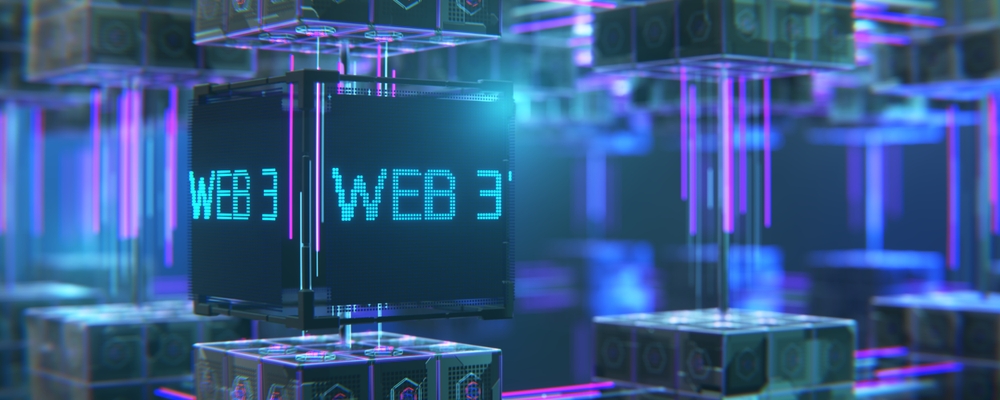
As we round off this journey, taking a leap into what lies ahead with Web 3.0 feels like staring at the horizon of endless possibilities. It’s not just about a transition; it’s about revolutionizing our digital space. Imagine a world where your digital interactions are so personalized and secure that surfing the web feels like navigating through your personal digital universe, sounds exciting, doesn’t it?
Future Impact
The future with Web 3.0 seems not just bright but sparkling with immense potential. Picture an internet that understands you, caters to your needs before you even articulate them, and where transactions are seamless, transparent, and, most importantly, under your control. That’s the promise Web 3.0 holds. From how we shop to how we consume content, every aspect is about to get a whole lot more intuitive and engaging.
So, Are We Ready?
Standing at the threshold of this new era, the big question is, “Are we ready?” The shift to Web 3.0 isn’t just technical; it’s cultural. It requires us to embrace change, to rethink our interaction with the digital world, and to be open to the new wave of innovations it brings along. It’s a call to be proactive, curious, and enthusiastic about what’s coming next.
Parting Thoughts
Web 3.0 is not just around the corner; it’s knocking on our doors, urging us to step into a realm where the internet is more accessible, more secure, and more aligned with our expectations. For enthusiasts in cryptocurrency and blockchain technology, this evolution represents an especially electrifying frontier. With decentralized finance (DeFi) and non-fungible tokens (NFTs) gaining momentum, the integration of these innovations with Web 3.0 could redefine their use and significance even further.
So let’s keep our ears to the ground and our minds open. The transition to Web 3.0 offers a unique chance to be part of a digital revolution that promises to redefine our online existence. From enhancing personal privacy to democratizing data control, the horizon is replete with opportunities. It’s time to explore, engage, and contribute to this new era. Because, after all, the future is not just coming; it’s here!
